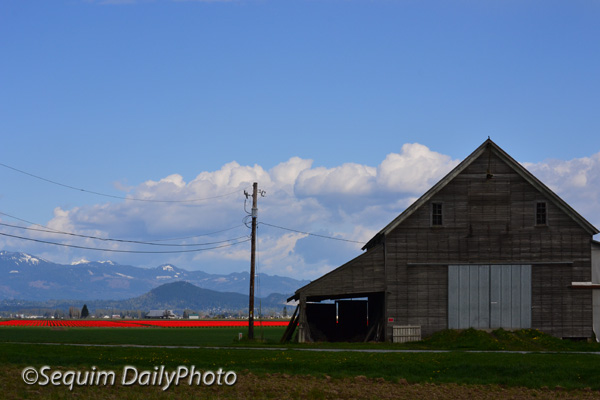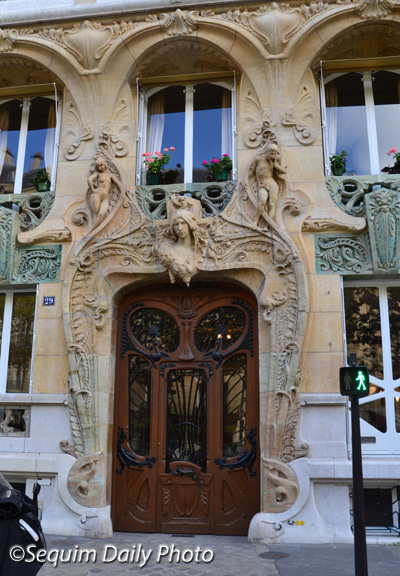
We went to Victoria B.C. last Sunday to visit “The Vikings,” a new exhibit at the Royal B.C. Museum. In particular, DH and I are both drawn to the beauty and utility of Viking boats. And this one, Krampmacken, greeted us at the front door. Its form based on boat remnants from an archaeological discovery, Krampmacken proved that Viking boats could handle both the waves of the Baltic Sea and shallow rivers in eastern Europe. With a crew of 10-11 and four rowing stations, this boat journeyed from Gotland, Sweden to Istanbul, Turkey in two stages between 1983 and 1985.

Krampmacken uses a braided square sail, something I’d not seen before.

A second, smaller boat was on exhibit inside the museum.

The boats in Victoria reminded me of the most spectacular Viking ship I’ve had the pleasure to see. This is Sea Stallion, a ship that we saw on display in Dublin in 2007. Its lines are based on a Viking ship, Skuldelev 2, that was excavated in Denmark in 1962. Scientists traced the oak in its timbers to Ireland in the year 1042. Sea Stallion was reconstructed from a survey of the excavation, then built as closely as possible to match materials that the Vikings had used, including paint on the hull. After a variety of shorter sailings, Sea Stallion was sailed 1,000 nautical miles from Roskilde, Denmark across the North Sea, around the Atlantic coast of Scotland, down the Irish Sea to Dublin. As you can see, this is a big ship, with room for 60 oarsmen. Click here for more information about the Sea Stallion.

The Vikings knew what they were doing. This and the others I’ve seen are truly beautiful vessels.










